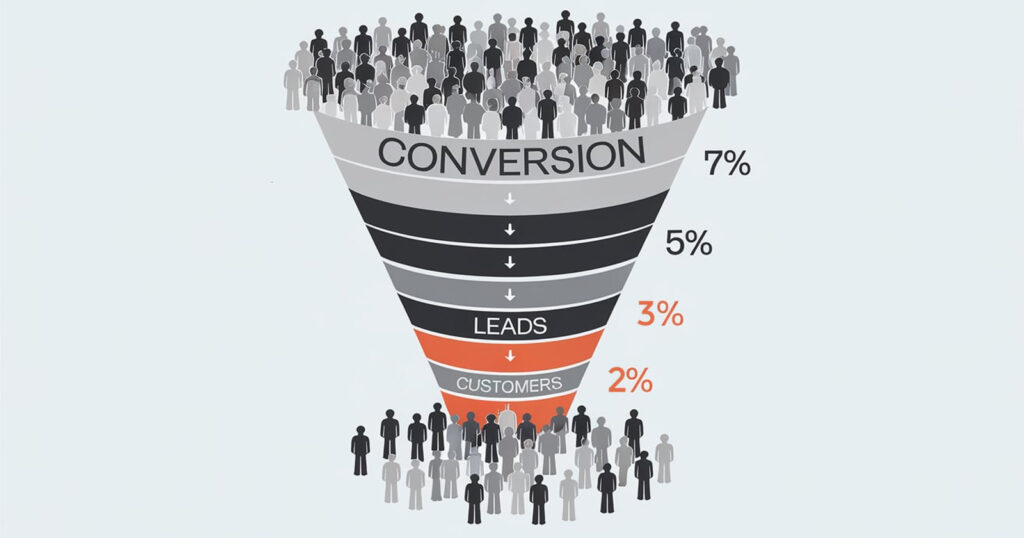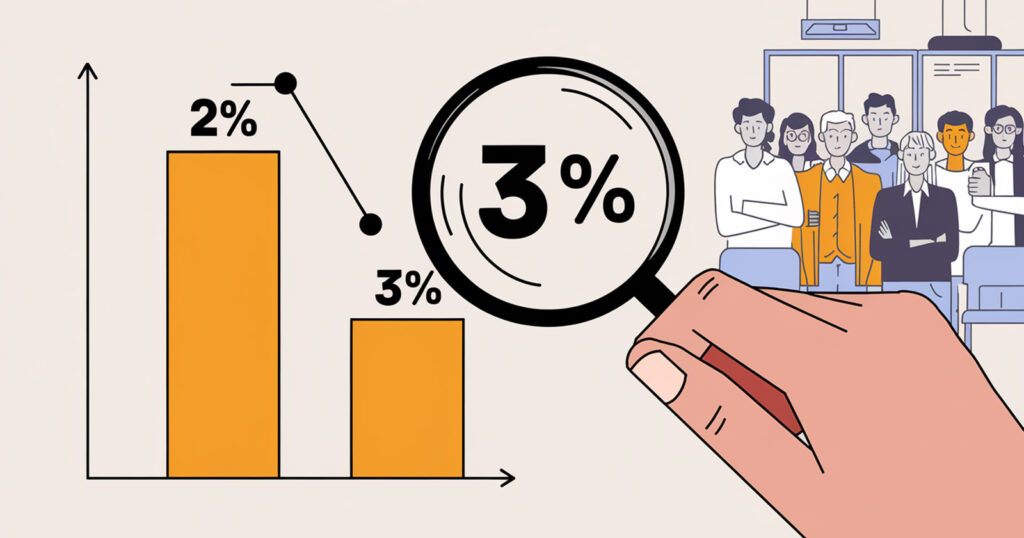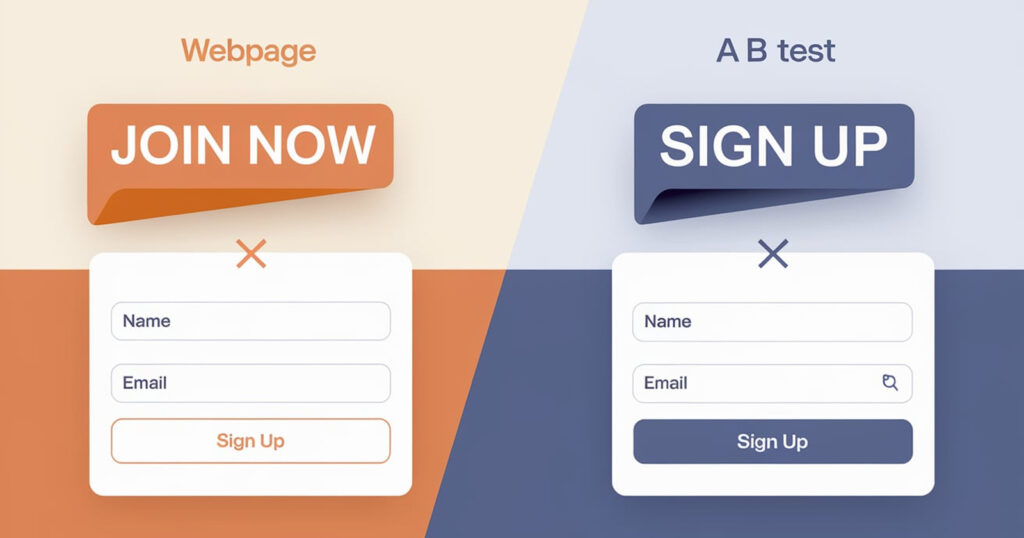
In today’s competitive digital landscape, driving traffic to your website is important, but converting that traffic into actual customers is even more crucial. This is where Conversion Rate Optimization (CRO) comes in. By implementing CRO strategies, businesses can maximize the effectiveness of their existing traffic, leading to higher conversions, increased revenue, and sustainable growth.
In this blog, we’ll dive into the benefits of conversion rate optimization, explore best practices, and guide you on how to start a CRO program that can drive results for your business.
Introduction to CRO: The Key Benefits

At its core, Conversion Rate Optimization (CRO) is about improving your website’s ability to turn visitors into customers or leads. Unlike strategies that focus solely on bringing more traffic to your site, CRO focuses on optimizing the user experience, streamlining the purchase process, and making sure every visitor has a higher chance of converting.
Here are some of the key benefits businesses can achieve through effective CRO:
1. Higher Conversion Rates
By optimizing your website and reducing friction points, you can convert a higher percentage of your existing traffic. This means you don’t need to spend more on acquiring new visitors CRO helps you make the most of the ones you already have.
2. Increased Revenue
Naturally, more conversions lead to more sales. Whether it’s an ecommerce store making more purchases or a B2B website generating more leads, CRO directly impacts your revenue by turning visitors into paying customers.
3. Improved User Experience
CRO goes hand-in-hand with enhancing the user experience. By making your website more intuitive, faster, and easier to navigate, you not only improve conversions but also create a better overall impression for visitors, making them more likely to return in the future.
4. Cost-Effective Growth
Instead of continuously spending more on advertising and marketing to get traffic, CRO allows you to achieve growth without the need for a bigger budget. It’s a cost-effective way to boost revenue by leveraging the traffic you already have.
5. Data-Driven Decision Making
One of the biggest benefits of CRO is that every optimization is based on data. Through A/B testing, heatmaps, and user behavior analysis, CRO allows you to make informed decisions that improve site performance and maximize conversions.
Increased Conversion Rates and Revenue

The primary goal of any CRO program is to increase conversion rates, which directly impacts your bottom line. Let’s break down how higher conversion rates translate into business growth:
1. More Sales with the Same Traffic
With CRO, the goal is not necessarily to bring more people to your website but to ensure that a larger portion of the visitors you already have are completing a desired action, such as making a purchase. For example, if your current conversion rate is 2%, optimizing your site to improve that to 3% could mean a significant increase in revenue, without having to spend more on ads or SEO.
2. Improved Customer Retention
When your website is optimized for a seamless user experience, customers are more likely to complete their purchases and return for future business. This improves retention rates, ensuring long-term growth for your business.
3. Higher ROI on Marketing Campaigns
CRO makes every marketing effort more effective. When your website is optimized for conversions, every marketing campaign—whether SEO, PPC, or email becomes more valuable because a higher percentage of visitors convert, giving you a better return on investment (ROI).
CRO Best Practices

A successful CRO strategy requires implementing best practices that are proven to increase conversions. Here are some common tactics used by the best CRO companies to help businesses optimize their websites:
1. A/B Testing
A/B testing (also known as split testing) is a key component of CRO. It involves testing two different versions of a webpage (such as a different headline, call-to-action button, or layout) to see which one performs better. This method helps identify which changes lead to higher conversions and which do not.
2. Optimizing Calls-to-Action (CTAs)
Your CTAs should be clear, compelling, and strategically placed. Experiment with different wording, colors, and placements to see which version encourages more clicks and leads to more conversions.
Example: A prominent “Shop Now” button on an ecommerce homepage can drive more conversions compared to a more subtle CTA buried at the bottom of the page.
3. Simplifying Forms
Long or complicated forms are one of the biggest reasons for abandoned sign-ups or checkouts. Simplifying forms by reducing the number of fields and only asking for essential information can help streamline the process and boost conversions.
4. Mobile Optimization
With a growing number of users shopping or browsing on mobile devices, optimizing your website for mobile is critical. A CRO program should ensure that your site is responsive, loads quickly, and provides a seamless experience for mobile users.
5. Personalization
By using data like past purchase history, location, or behavior, you can personalize content, recommendations, and offers for users. Personalized experiences can increase engagement and lead to higher conversions.
Conclusion: How to Start a CRO Program for Your Business

If you’re looking to boost your business’s conversion rates and drive more revenue, starting a CRO program is the way to go. Here’s how you can get started:
1. Analyze Current Performance
Before making any changes, analyze your website’s current performance. Identify conversion bottlenecks and user experience issues through analytics tools like Google Analytics, heatmaps, and user behavior reports.
2. Define Goals
What exactly do you want to achieve with your CRO efforts? Whether it’s increasing sales, improving lead generation, or boosting newsletter sign-ups, clearly define your goals before diving into optimization.
3. Test and Implement
Begin with small changes and run A/B tests to see what works. Implement the winning variations and continue optimizing other areas of your website based on data insights.
4. Work with Experts
Many businesses choose to partner with the best CRO companies to ensure they’re getting the most out of their optimization efforts. These experts can provide insights, run comprehensive tests, and develop tailored strategies for sustained growth.
Unlock higher conversions and drive sustainable growth with our expert CRO solutions maximize the potential of every visitor on your site today!
Frequently Asked Question (FAQs)
Conversion Rate Optimization (CRO) is the process of optimizing a website or landing pages to increase the percentage of visitors who take desired actions, such as making a purchase or signing up for a service.
CRO helps increase revenue by converting more of your existing website traffic into customers, which leads to more sales without needing additional traffic or higher marketing spend.
Common CRO strategies include A/B testing, optimizing calls-to-action (CTAs), simplifying forms, improving mobile usability, and personalizing the user experience based on behavior.
Mobile optimization is crucial because an increasing number of users browse and shop on mobile devices. A mobile-optimized website ensures a smooth user experience, which boosts conversions and reduces bounce rates.
To start a CRO program, first analyze your website’s current performance, define your goals, run A/B tests to identify what works best, and implement changes based on data. Consider working with experts or a CRO company to maximize results.
